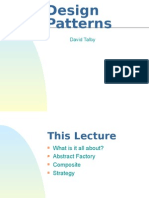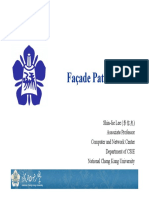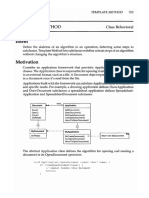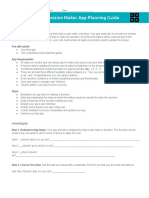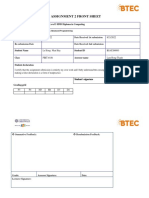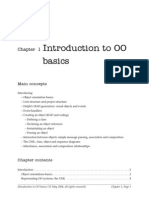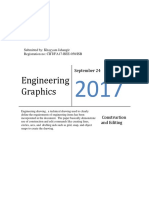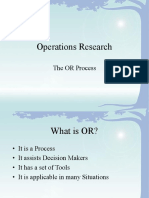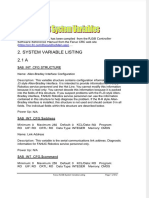0% found this document useful (0 votes)
51 views28 pagesTemplate Method Pattern
The document discusses refactoring code to apply the Template Method pattern to address the problem of duplicate code when opening different document types in applications. It describes an initial design with separate classes for opening spreadsheets and text that would both need updating, and then refactors the code to encapsulate the common opening behavior into an abstract Application class using the Template Method pattern.
Uploaded by
王小狗Copyright
© © All Rights Reserved
We take content rights seriously. If you suspect this is your content, claim it here.
Available Formats
Download as PDF, TXT or read online on Scribd
0% found this document useful (0 votes)
51 views28 pagesTemplate Method Pattern
The document discusses refactoring code to apply the Template Method pattern to address the problem of duplicate code when opening different document types in applications. It describes an initial design with separate classes for opening spreadsheets and text that would both need updating, and then refactors the code to encapsulate the common opening behavior into an abstract Application class using the Template Method pattern.
Uploaded by
王小狗Copyright
© © All Rights Reserved
We take content rights seriously. If you suspect this is your content, claim it here.
Available Formats
Download as PDF, TXT or read online on Scribd
/ 28
